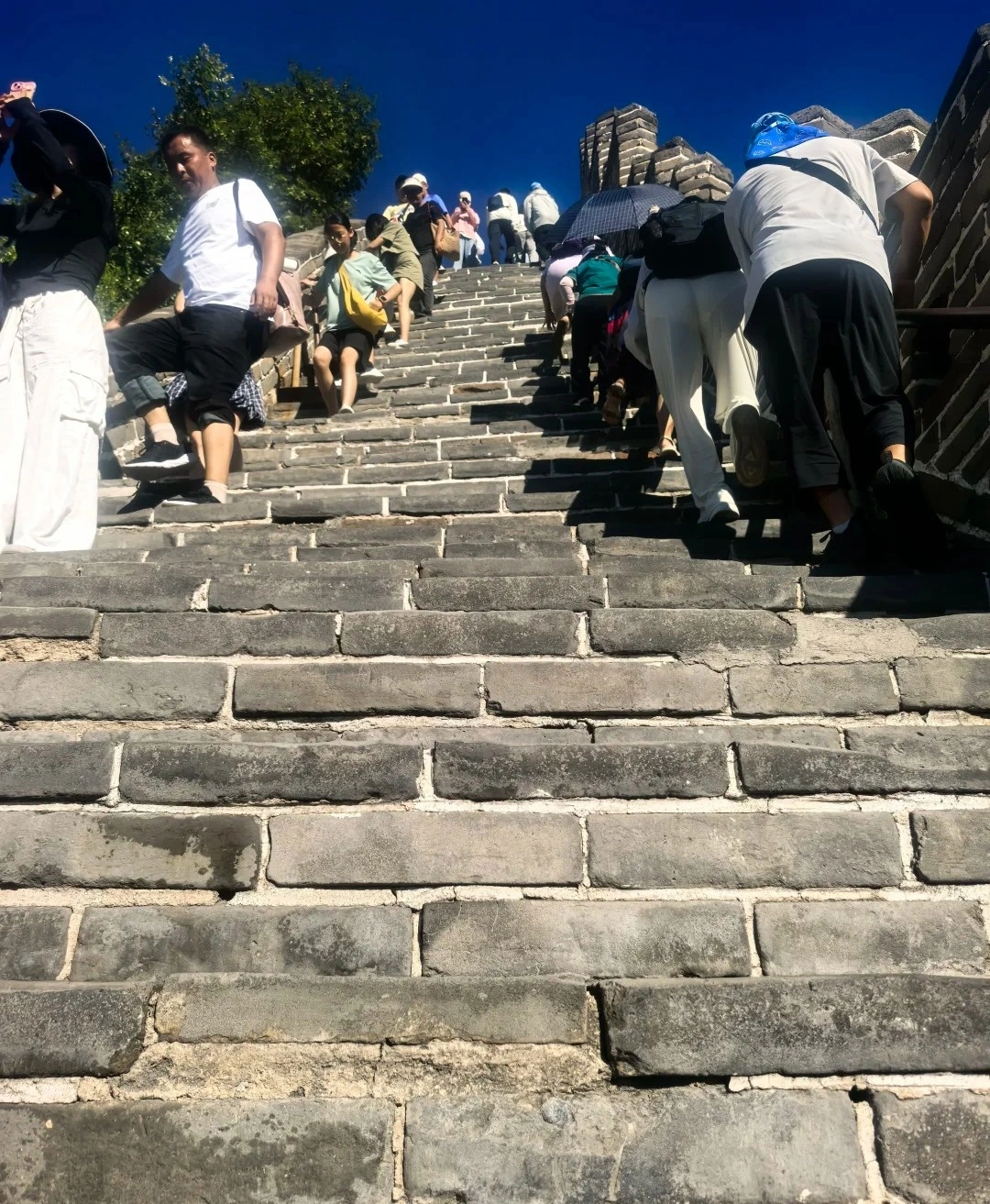Mausoleum of Genghis Khan Tourist Area
Historical Overview
13th Century: Genghis Khan’s death in 1227 sparked centuries of mystery surrounding his final resting place. The current mausoleum, built in 1954, is a symbolic tomb rather than a burial site, honoring his spirit through rituals and artifacts.
16th Century: Mongolian tribes began annual pilgrimages to the site, solidifying its cultural significance.
1954: The modern mausoleum was constructed, blending traditional Mongolian yurts with imperial Chinese architecture.
2006: Designated a 5A-level tourist attraction by the Chinese National Tourism Administration.
2016: Launched the "Genghis Khan Cultural Festival," attracting global scholars and tourists.
Structural Layout
The tourist area spans 55,000 square meters and features three main sections:Sacred Relic Hall: Houses a white marble statue of Genghis Khan, a ceremonial throne, and ancestral tablets.
Sulede Hall: Displays the "Sulede" (sacred banner), a symbol of Mongolian unity and power.
Equestrian Statue Plaza: A 20-meter-tall bronze statue of Genghis Khan on horseback, surrounded by murals depicting his conquests.
Major Attractions
Sacred Relic Hall: Admire the golden ceremonial crown, silk robes, and weapons attributed to Genghis Khan.
Sulede Ceremony: Witness daily rituals where Mongolian priests chant prayers and light incense to honor the emperor.
Ethnic Cultural Village: Explore traditional Mongolian yurts, taste airag (fermented mare’s milk), and watch folk performances.
Genghis Khan Museum: Trace the empire’s expansion through artifacts, maps, and interactive exhibits.
Horseback Riding & Archery: Experience Mongolian equestrian traditions firsthand.
Cultural Significance
Mongolian Identity: The mausoleum is a pilgrimage site for Mongolians worldwide, reinforcing ethnic pride and unity.
Silk Road Legacy: Reflects the empire’s role in connecting East and West through trade, religion, and culture.
Spiritual Symbolism: The "Sulede" banner is believed to embody Genghis Khan’s soul, making it a focal point for ancestral worship.
Suggested Itineraries
Half-Day Tour
Morning: Sacred Relic Hall → Sulede Hall → Equestrian Statue Plaza.
Afternoon: Genghis Khan Museum → Ethnic Cultural Village (lunch at a yurt restaurant).
Full-Day Tour
Morning: Sacred Relic Hall → Sulede Ceremony → Horseback Riding.
Afternoon: Museum → Cultural Village → Archery Lesson.
Evening: Attend a folk performance and traditional banquet.
Ticket Purchase
Online: Book via the official website or WeChat mini-program (up to 7 days in advance).
On-Site: ¥180 (adults), ¥90 (students/seniors), free for children under 1.2m.
Guided Tours: ¥300 (2-hour English tour) or ¥200 (Chinese tour).
Free Admission: Disabled visitors, soldiers, and journalists (with ID).
Transportation
By Air: Fly to Ordos Ejin Horo Airport (20 km from the site).
By Train: Take a high-speed train to Dongsheng West Station, then a 30-minute taxi ride.
By Bus: Direct buses from Hohhot (4-hour journey).
Self-Drive: G65 Baotou-Maoming Expressway (exit at Ordos East).
Best Time & Tips
Avoid Crowds: Visit weekdays (Mondays closed) or early morning (8:30 AM opening).
Weather: spring (April–May) and autumn (September–October) are ideal for outdoor activities.
Essentials:Respect local customs: Remove hats in the Sacred Relic Hall.
Dress modestly (shoulders/knees covered).
Photography allowed (no flash in the main halls).
Bring cash for small vendors (some accept WeChat/Alipay).
The Mausoleum of Genghis Khan Tourist Area is more than a historical site—it’s a living testament to the Mongol Empire’s enduring impact on world History and Culture. Whether you’re a history buff, a culture enthusiast, or simply seeking a unique travel experience, this destination offers an unforgettable journey through time.
Contact Us
What Our Clients Say?
Based on 10,000+ traveler reviews














